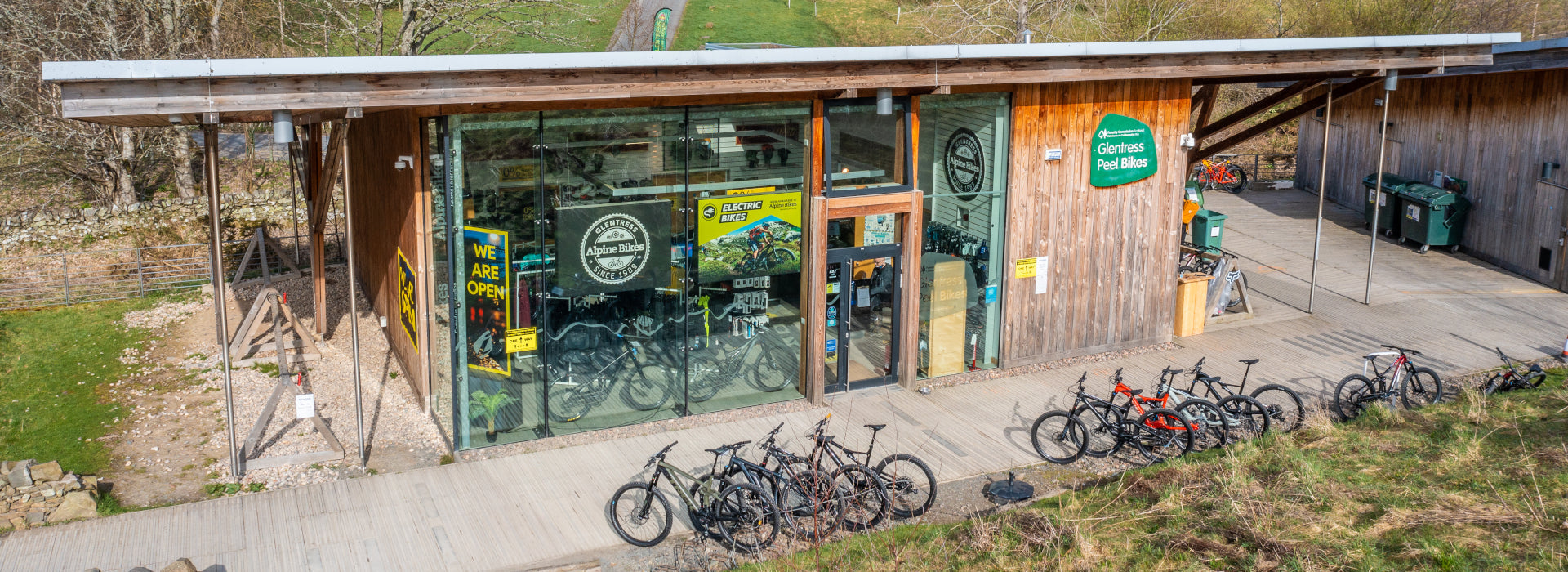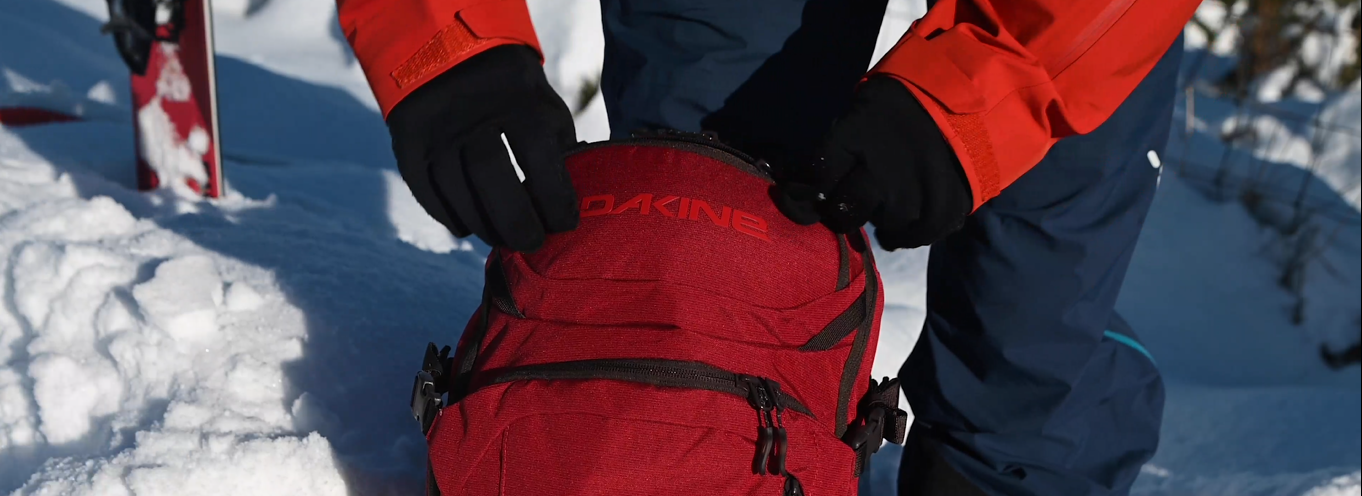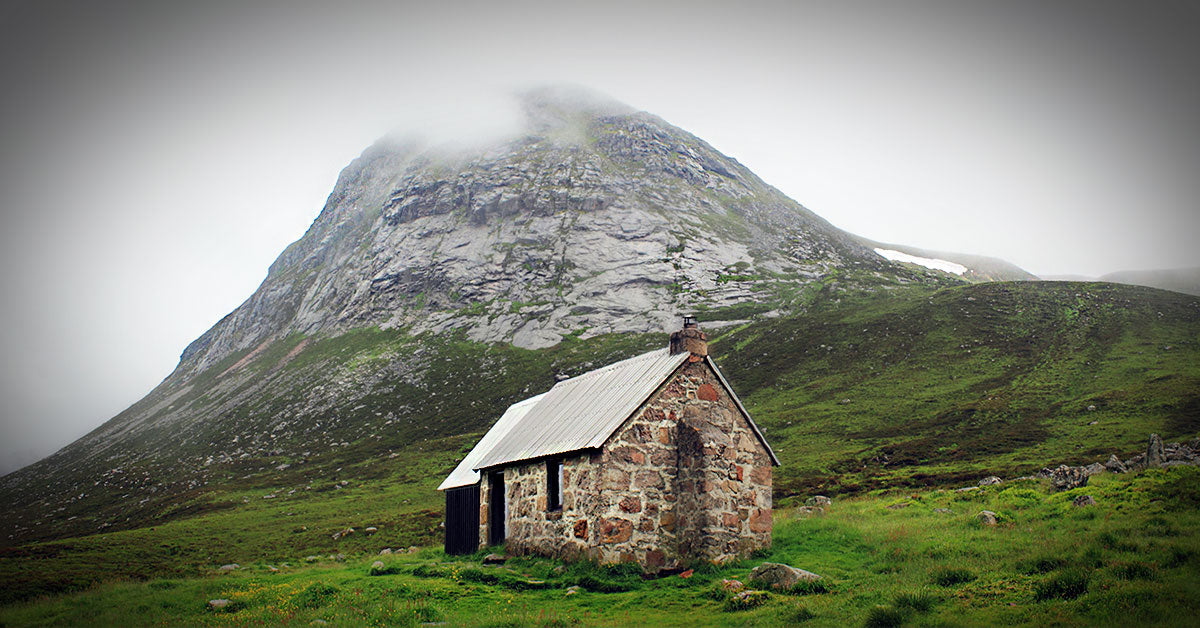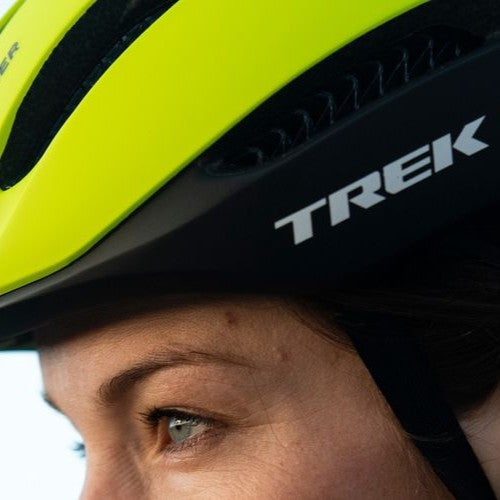Tiso Blogs
-
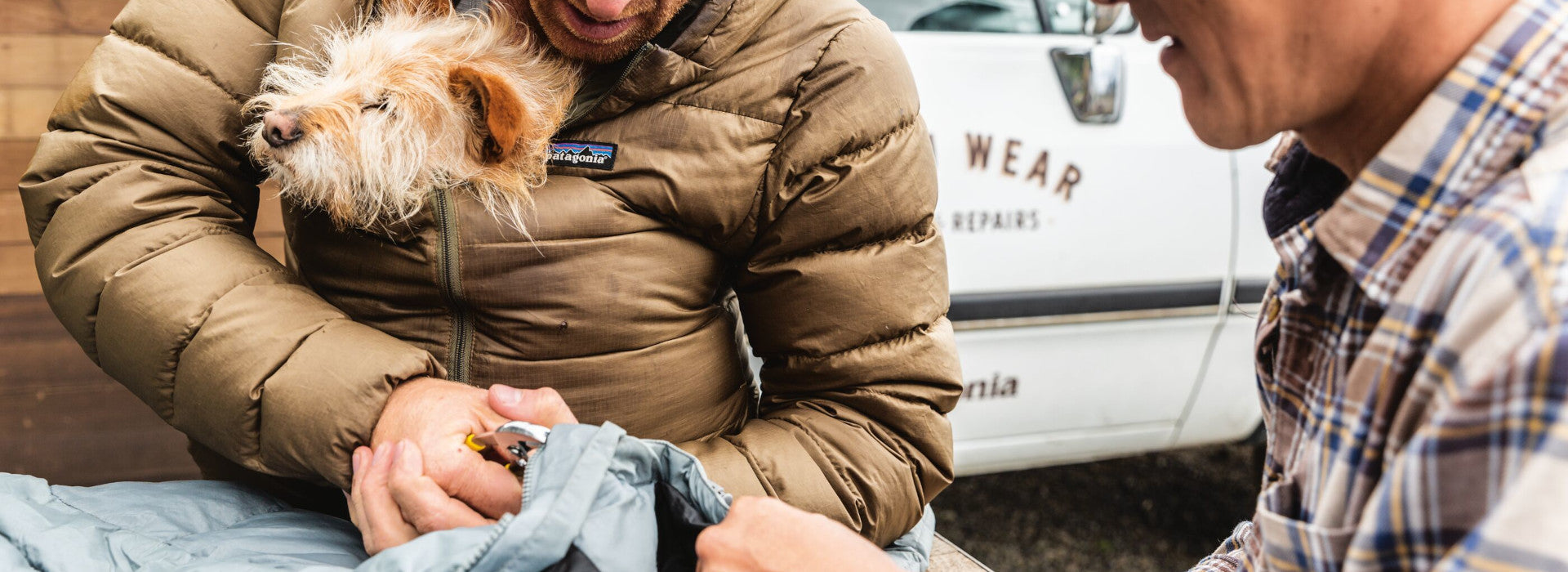
Patagonia: The Caring Brand
How you manufacture is perhaps the single most important topic across all industries in 2022 onwards, and Patagonia really is at the heart of this for clothing and retail. Established in...
Read Article -

Wild Camping on a Scottish Summit in Winter!
Join Ed and Bruce as they head into the hills for a Summit winter camp, chasing panoramic views, battling sub-zero temperatures, and putting their kit to the test.
Read Article -

The Polar Academy | Kit Fit For The Arctic
Tiso have supported The Polar Academy since it was founded in 2013. This ground-breaking Scottish youth charity identifies ’14-17’ year old secondary school children, crushed by a lack of self-esteem...
Read Article -

A Climbing Guide to Riglos, Spain
Tiso's climbing blogger and coach Ali Lee takes on the conglomerate spires at Riglos, Spain. Discover how you can get a taste of multi-pitch and clifftop fiestas below!
Read Article -

Scotland’s Top 5 Winter Climbing Destinations
The first snow had fallen in the highlands and at Tiso we are getting excited for the winter climbing season to begin! It is time to dust off your mountaineering...
Read Article -

Scaling Suilven
Standing at only 731 metres, Suilven is by no means the biggest kid on the block, but with its distinctive double peaked ridge which rises steeply out of the wilds...
Read Article -

Alpine Bikes | Ready For Your Next Adventure
Alpine Bikes was founded in Aberdeen in 1989 and first partnered with Tiso in 2000. In 2006, the company became part of Tiso Group. Along the way, we've ensured to...
Read Article -

Ultra Running | Donnie Campbell's Story
Late last year, Donnie Campbell broke the winter record for the Ramsay’s Round. The Edinburgh personal trainer beat the previous best time for the gruelling 56-mile route over 24 mountains...
Read Article -
 1 min read
1 min readBlues Ski | Ski Touring in Scotland Kit List
Ski touring isn't the same as skiing in a resort and you'll need a few important things in your pack.
Read Article -

The Corbetts of the Islands - #ClaimYourCorbett
With the #ClaimYourCorbett campaign now in full swing we have some Corbett suggestions for the more adventurous Corbett baggers out there – The Corbetts of the Scottish Islands. From the...
Read Article -
 6 min read
6 min readStep Up To Mountaineering | 5 Winter Routes For Beginners
The only things better than the mountains in beautiful summer weather is the mountains covered in a blanket of pure white snow. Here are our Top 5 Winter Routes for...
Read Article -

Women In Adventure
For our Women in Adventure series, we sit down with Maude Tiso as she talks about her life adventures, favourite Scottish walks and the importance of protecting the planet.
Read Article -

Footsteps: Orion Face Direct (V, 5) - Solo
Towards the end of winter Tiso staff member Aaron Tregellis took advantage of a perfect weather window and headed north to Ben Nevis to solo the Orion Face, a Scottish...
Read Article -
 3 min read
3 min readTop Southern Bothies
You might associate bothies with Scotland, but there are almost 20 bothies hidden away in England and Wales which make for a great night away from civilisation. We've picked our...
Read Article -
 5 min read
5 min readBouldering in Torridon
Climber and Tiso team member Cathy Alldred takes on the wild, imposing landscapes of Torridon. Chalk at the ready!
Read Article -

10 Hotspots for Autumn
When the weather is set to change and all you can think about is getting the big jumpers out ready to wrap up, don't forget that the Autumn can also...
Read Article -

Test by Tiso | Rab Kangri Jacket | GORE-TEX
Supported by Tiso ambassador, Nigel Williams, has owned a fair few Gore-Tex jackets in his time. He has worn and tested them in some of the most extreme conditions on...
Read Article -
 8 min read
8 min readTop Scottish Bothy Locations
A bothy is idenitified as a basic shelter, usually located in remote countryside that had previously been used by farmers, hillwalkers and climbers, with many now being used as a...
Read Article -

Top 10 Ultra-Cycling Documentaries | Rainy Day Inspiration
Ultra-cycling has gained in popularity in the past decade, with races springing up across the planet. But we’re not talking professionals here, who spent all their time focussing on training....
Read Article -

Bike Helmets Buying Guide
If you are riding a bike, you should wear a helmet. It’s a simple device that, if fitted properly, can vastly decrease the chance of injury in the event of...
Read Article -

We Went to GORE-TEX®'s Top Secret Testing Lab
GORE-TEX® kindly invited us to take a look at how they test their waterproofing so Emilia and Bruce headed over to Germany to check out their Testing Lab.
Read Article






